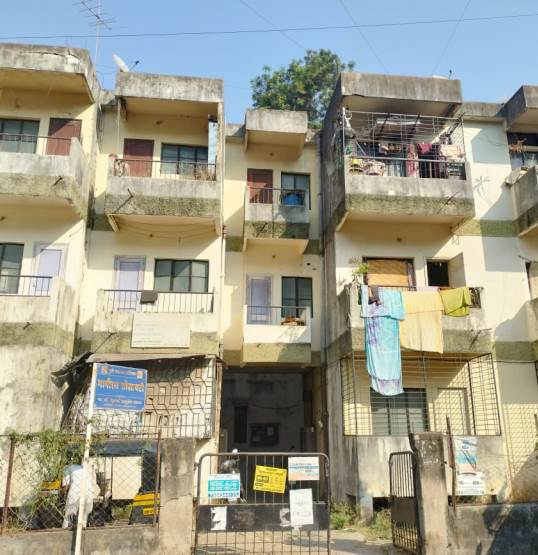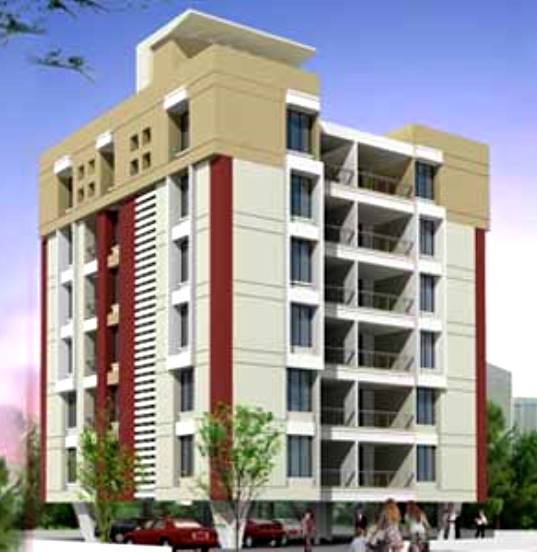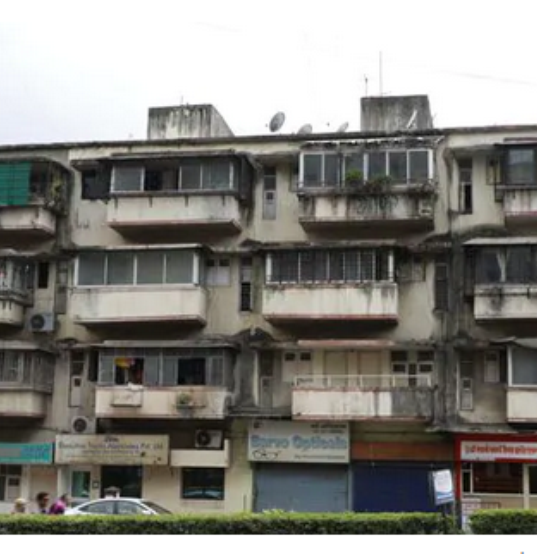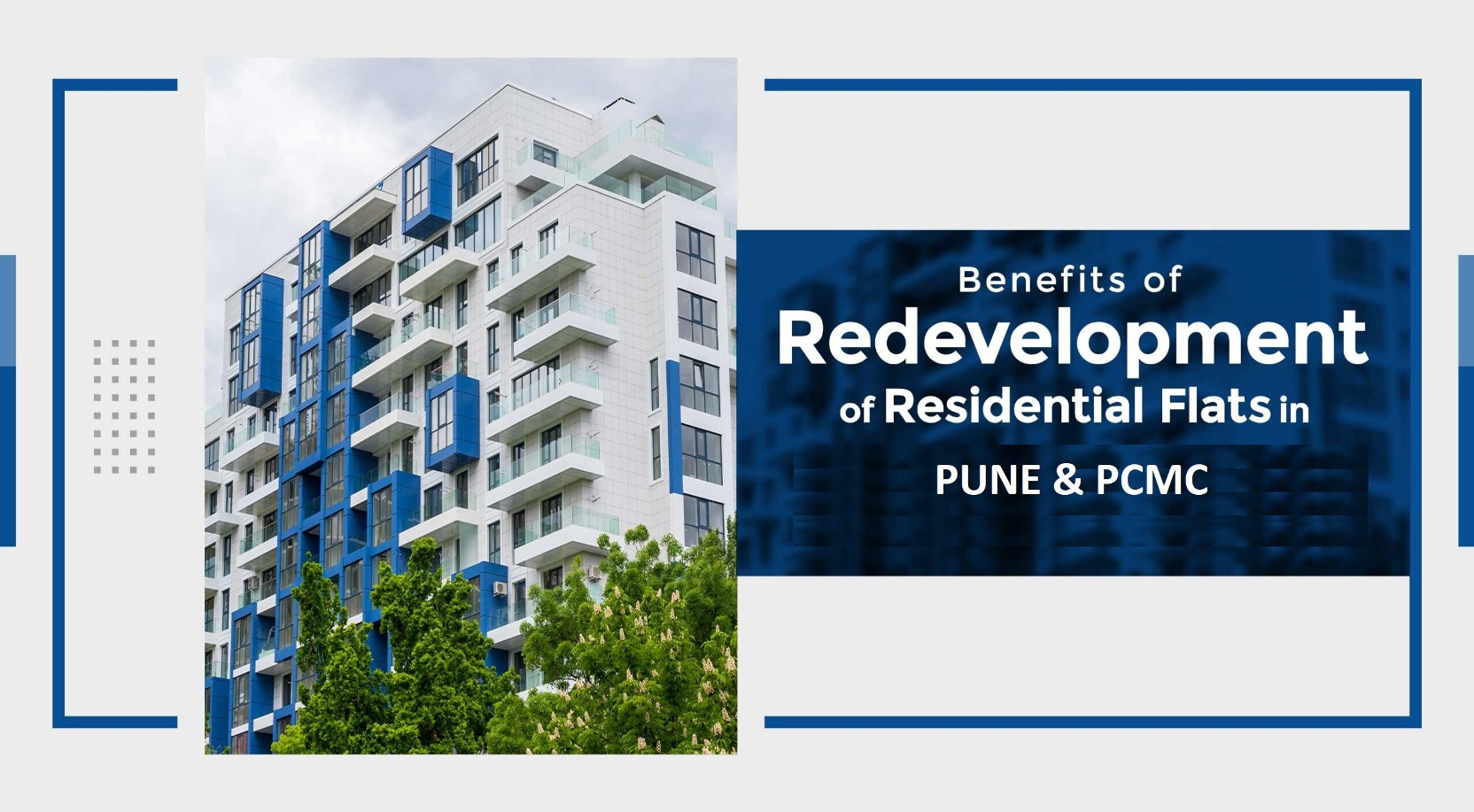Redevelopment


Before

After
Signature Corner
2 & 3 BHK Residential & Commercial
Redevelopment Project of Bhagirathinath Society


Before

After
Bhatevara Business Bay
Commercial
Redevelopment Project of Shriyog


Before

After
Suvidha
Residential
2 BHK Residential and Commercial
Redevelopment Project
Here are some ideas for content that can be included in a redevelopment plan:
1. Historical preservation: Old buildings often have a rich history and cultural significance. Consider preserving the historical features of the building and incorporating them into the new design. This could include retaining the original facade, using traditional materials, or maintaining the original layout.
2.Sustainability: Redevelopment projects provide an opportunity to incorporate sustainable design features. Consider using energy-efficient materials, installing solar panels or rainwater harvesting systems, or incorporating green spaces into the design.
Enquiry Form
3.Adaptive reuse: Old structures can be repurposed for new uses, such as turning an old warehouse into a trendy loft apartment building. Consider the needs of the local community and the surrounding area when determining the best use for the building.
4.Accessibility: Older buildings may not meet modern accessibility standards. Consider making necessary updates to ensure that the building is accessible to all, such as installing ramps or elevators.
5.Community engagement: Redevelopment projects can have a significant impact on the surrounding community. Consider engaging with local residents and stakeholders to get their input on the project and ensure that their needs are being met.
6.Financial considerations: Renovating an old structure can be costly. Consider funding options such as tax credits or grants that may be available to help offset the cost of the project.
7. Safety: Older buildings may not meet modern safety standards. Consider making necessary updates to ensure that the building is safe for occupants, such as installing fire suppression systems or updating electrical systems.
8.Aesthetics: The appearance of the building can have a significant impact on its success. Consider hiring a skilled architect or designer to create a visually appealing design that complements the building's historical features.
By considering these factors, a redevelopment plan can create a successful and sustainable project that benefits both the building's occupants and the surrounding community
Redevelopment of residential buildings is a process of renovating or rebuilding existing residential structures to improve their quality and functionality.
This process involves a number of steps, including planning, designing, obtaining permits and approvals, and construction.
Here is some content about the redevelopment of residential buildings:
What is redevelopment of residential buildings?
Redevelopment of residential buildings refers to the process of improving existing residential structures to make them more functional, efficient, and aesthetically pleasing. The process involves renovating or rebuilding the existing building or a part of it, to make it more modern and suitable for contemporary living. The aim of residential building redevelopment is to improve the quality of life for the residents and to add value to the property.
What are the benefits of residential building redevelopment?
There are several benefits to residential building redevelopment, including:
1.Improved living conditions: Residential building redevelopment can improve the quality of life for the residents by upgrading the living conditions, amenities, and infrastructure.
2.Increased property value: Redevelopment can add value to the property by upgrading the structure, improving the infrastructure, and adding modern amenities.
3. Energy efficiency: Redevelopment can improve energy efficiency by upgrading the building's insulation, HVAC system, and other energy-saving features.
4.Compliance with regulations: Redevelopment can ensure compliance with building codes, safety regulations, and other legal requirements.
5.Aesthetics: Redevelopment can enhance the appearance of the building by upgrading the façade, landscaping, and other aesthetic features.
What are the steps involved in residential building redevelopment?
The process of residential building redevelopment involves the following steps:
1. Planning: The first step in residential building redevelopment is to assess the existing structure and identify the improvements that need to be made. This involves conducting a feasibility study, assessing the budget, and obtaining necessary approvals and permits.
2. Design: The next step is to design the renovation or rebuild. This involves working with architects, engineers, and other professionals to develop a detailed plan for the construction process.
3. Demolition: If necessary, the existing structure is demolished to prepare for the redevelopment process.
4. Construction: The construction phase involves building the new structure or renovating the existing one according to the approved plans.
5. Inspection and approval: Once the construction is complete, the building is inspected to ensure compliance with building codes, safety regulations, and other legal requirements.
6. Occupancy: Once the building passes inspection and receives the necessary approvals, it is ready for occupancy.
In conclusion, residential building redevelopment is a process of improving existing residential structures to make them more functional, efficient, and aesthetically pleasing.
The benefits of residential building redevelopment include improved living conditions, increased property value, energy efficiency, compliance with regulations, and aesthetics.
The process of residential building redevelopment involves planning, design, demolition, construction, inspection and approval, and occupancy.



